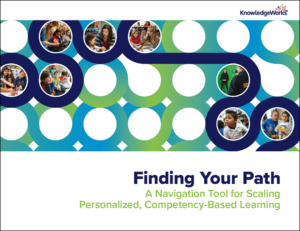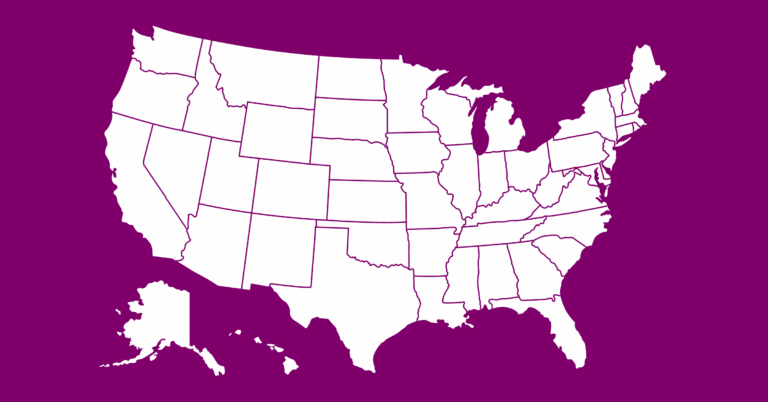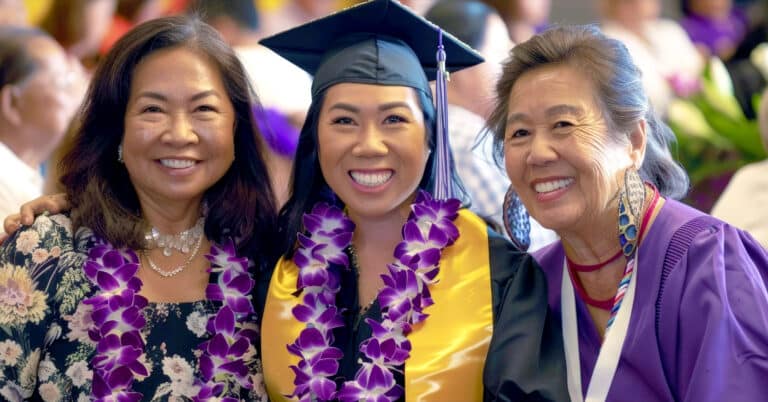Personalized, competency-based learning centers each students’ strengths, needs and interests and provides differentiated ways to demonstrate what they know and know how to do, ensuring each learner graduates ready for what’s next.
The “competency-based” component is essential as it provides the structure a learning community needs to focus on a set of guaranteed and viable learning goals, leading to greater equity in outcomes. In a competency-based system, each learner gets what they need to reach their fullest potential and master competencies through flexible pathways and personalized support.
What is a competency?
Developed through a shared community vision, competencies express the most critical outcomes learners need to thrive in a changing world. Competencies are the interrelated knowledge, skills and dispositions that are relevant, measurable and transferable and can be applied throughout a learner’s lifetime.
What is the relationship between competencies and standards?
Standards are used to help students practice and master competencies.
Competency design considerations:
Purpose
Competencies are lifelong knowledge, skills and dispositions designed to look beyond graduation day and are applicable throughout a learner’s lifetime. They are the essential learning outcomes needed to thrive.
Organization and Structure
Competencies are cross-disciplinary and span multiple grade levels. Competencies emphasize interrelated knowledge, skills and dispositions that can be applied across all disciplines (e.g., critical reading, problem solving, learner’s mindset).
Grain Size
Effective competency systems have consistency of breadth and scope for each competency. Competencies are broad, cross-disciplinary and interrelated learning outcomes designed to empower learners for their world. They span a learner’s entire educational experience and are applicable and relevant beyond graduation (e.g., critical reading, quantitative reasoning, communication). Consistent grain size in competency design allows for more consistent curriculum and assessment designs. (ASCD)
Guaranteed and Viable
Well-designed competencies ensure each learner has equitable access to quality learning experiences. Competencies are viable when they are co-constructed with the community, including learners, and learners are provided with equitable opportunities to engage with them in meaningful and relevant ways throughout their learning journey. An optimal and manageable number of competencies guarantees that learners can achieve mastery of critical knowledge, skills and dispositions.
Pace and Time
Cross-disciplinary competencies that span multiple grade levels provide the structures necessary for learners to move at a flexible pace as they work toward mastery. Learners are no longer bound by the end of the school year or the conclusion of a course to achieve mastery. Competency systems recognize that learners have changing needs and learn at different times and paces. Learning is the constant, and time is the variable.
Redefine Success
Competencies redefine success for learners and learning systems because the learning is not confined to academic disciplines alone but uses diverse learning experience to ensure the mastery of transferable knowledge, skills and dispositions that can be applied throughout a learner’s lifetime.

Finding Your Path
Finding Your Path: A Navigation Tool for Scaling Personalized, Competency-Based Learning helps learning communities develop and advance a strategic plan for district-wide transformation to personalized, competency-based learning.

